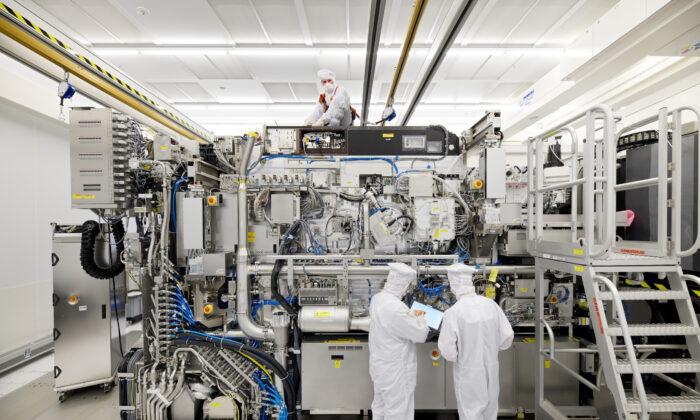Major computer chip makers are facing a critical shortage of manufacturing equipment for the second year in a row as they attempt to increase production in the middle of a supply chain crisis.
A global shortage has been causing problems for many chip-reliant industries since the waning of the initial COVID-19 pandemic, with manufacturers struggling to catch up with surging demand.





